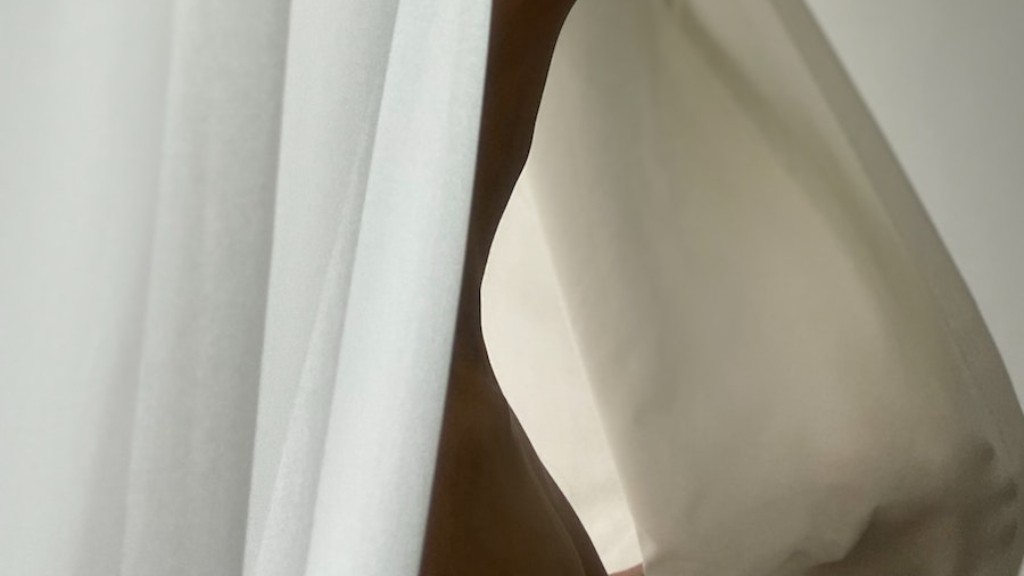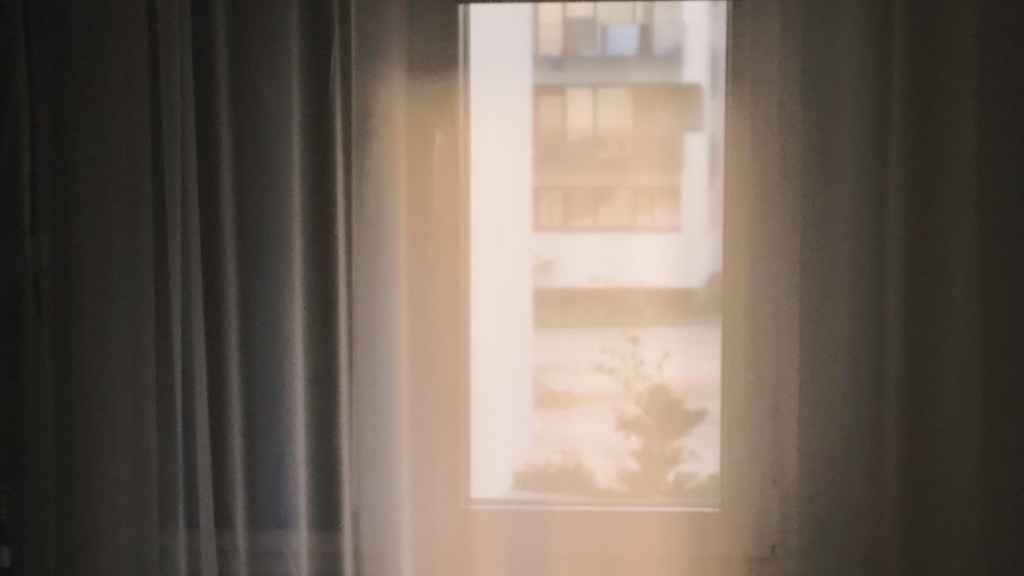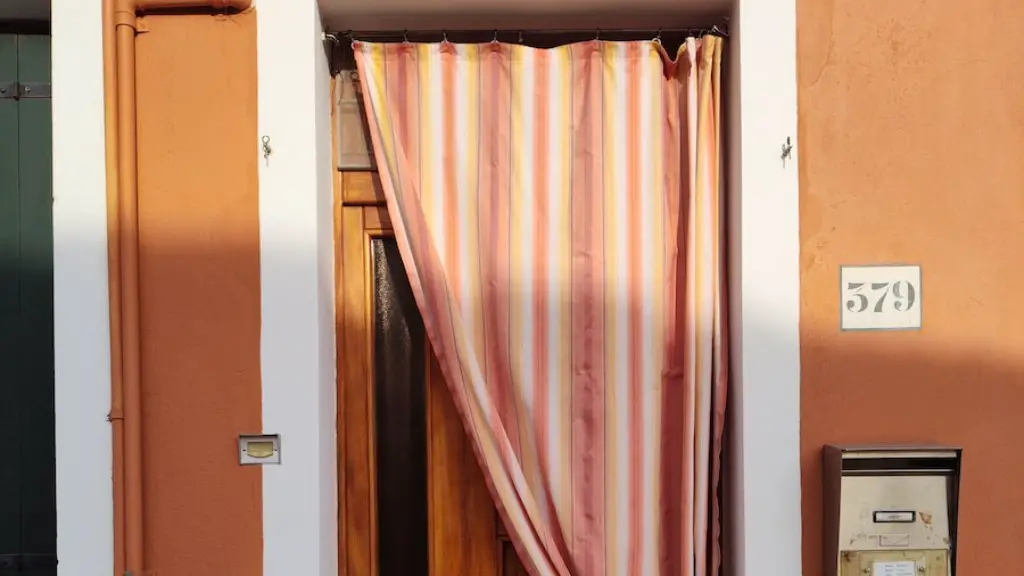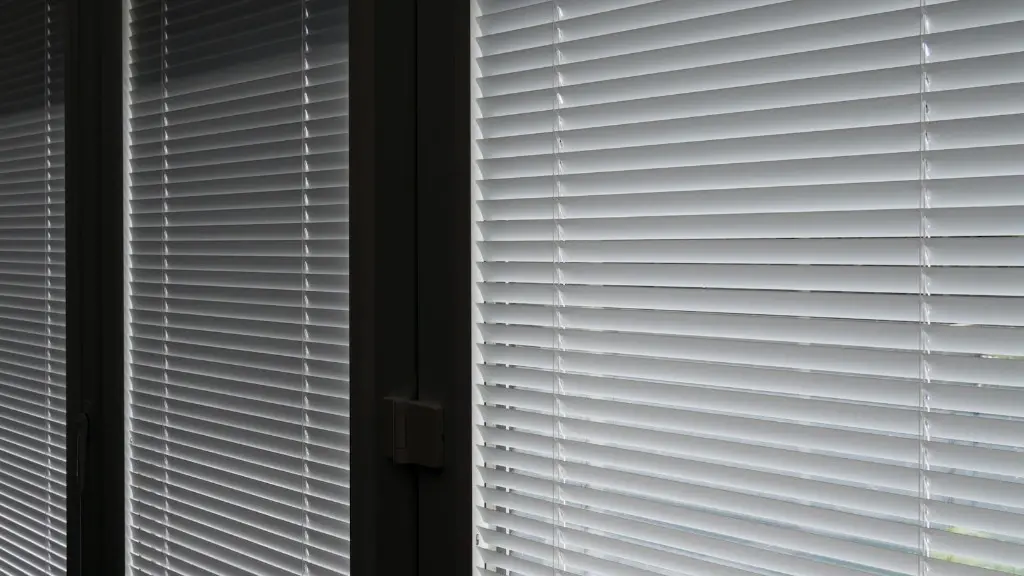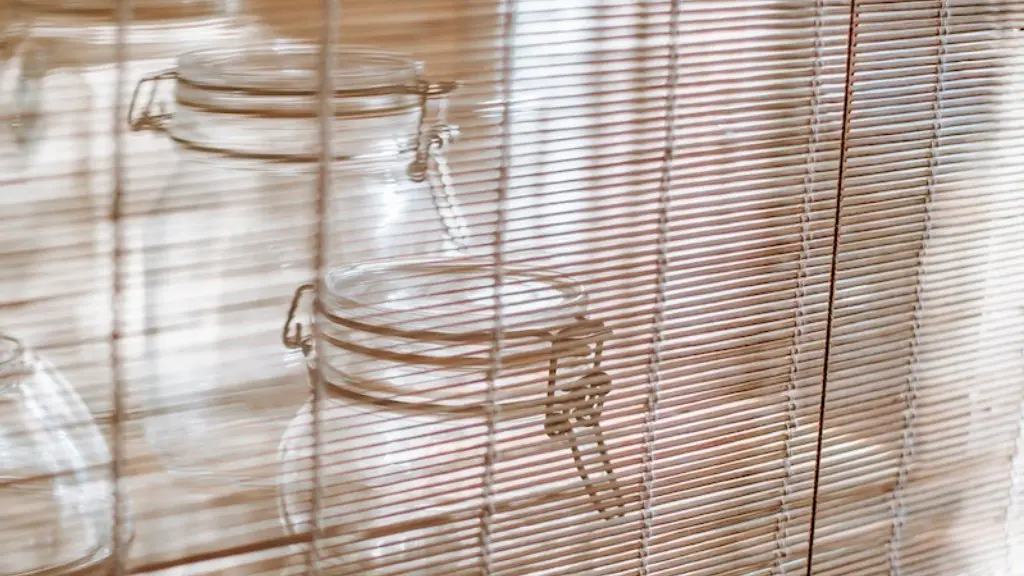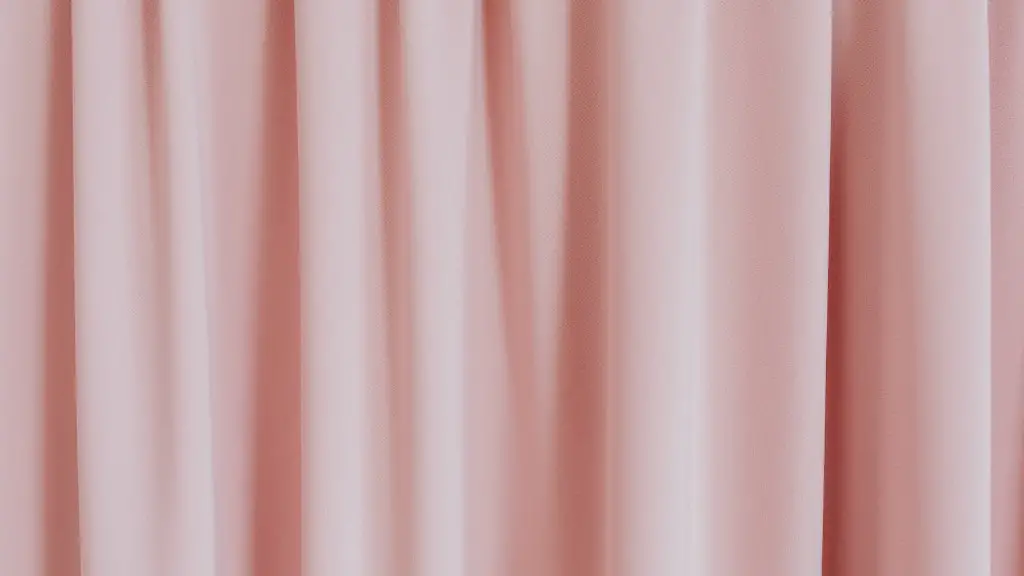Making back tab curtains is a fairly simple process that anyone can do with a little bit of time and patience. All you need is a sewing machine and some fabric, and you can have beautiful, custom curtains in no time.
Tab curtains are easy to make and can add a nice touch to any room. All you need is some fabric, a sewing machine, and a few other supplies.
1. Start by measuring the window you want to cover. Add about 6 inches to the width and 12 inches to the length to allow for seams and hems.
2. Cut your fabric to size.
3. Hem the sides and bottom of the fabric.
4. Sew tabs onto the top of the fabric. To do this, fold the fabric over itself, wrong sides together, and sew a line of stitches close to the edge. Then, cut the fabric into strips, leaving about 1 inch of fabric at the top.
5. Hang your curtains on a rod or other hardware, and enjoy!
How do you pleat curtains with back tabs?
You want to use the same diameter pole And just put the rod through every pocket tab back there and tie it off in the front.
The width of the curtain should be 1 1/2 times the width of the window for fullness.
Hanging tab top curtains is easy! Just hang the curtain rod on the brackets and space the tabs on the drapes as you like. The tabs will be pushed together when the curtains are open and spaced evenly along the rod when the curtains are closed. Stand a few feet away and see if the rod is perfectly level. You’re done!
Back tab curtains are a great way to add an elegant touch to any room. They are easy to install and provide a clean, finished look.
How much fullness do you need for back tab curtains?
Back tabs are a type of curtain heading that involves the fabric being sewn or glued to a strip of fabric or tape that is then looped around the curtain rod and pulled back to the wall. The advantage of back tabs is that they create a neater, cleaner look when the curtains are open since there is no exposed hardware. However, back tabs do require more fabric in order to create the required fullness, so keep that in mind when choosing this heading style.
Curtain clips are a great way to hang curtains without having to use a rod. You can use them with any kind of curtain, including back tab curtains, rocket pocket curtains, and more. The beauty of using curtain clips is that you can simply clip them to the top edge of the panel fabric, making it super easy to hang curtains without having to worry about placement.
How do you measure fabric for tab top curtains?
To measure for tab top curtains, simply measure between the finials (the decorative ends) to obtain the width. Drop: Measure from the centre of the top of the pole to where you want the curtains to finish.
If you’re looking for a modern look, you’ll want to avoid short curtains. Short curtains can sometimes make the ceiling look lower, and they’re not ideal for a contemporary space. Instead, opt for curtains that hang a few inches above the ground. This will give your space a fresh, updated look.
How do you make tab curtains slide easier
If your curtains are sticking, the cure is usually very simple. Apply a quality dry silicone spray to the track or pole to ensure a perfect gliding action.
If you’re looking for a way to add a bit of softness to your space, concealed tab curtains are a great option! These curtains feature tabs that create a hidden slot for your curtain rod, resulting in a more elegant look. Concealed tab curtains are best suited for traditionalist spaces.
How do you hang back tab curtains on a traverse rod?
With the drapery still lying on a flat surface, insert the end of the rod without the finial through the pocket at the top of the drapery. Gently pull the rod through the pocket until the drapery is tight against the rod. Center the drapery on the rod and mark the spot where the rod ends. Cut the rod to the desired length, making sure to leave about an inch on either side for the finials.
To correctly hang a curtain with tabs, you will need one tab at each end of the curtain, and then in between you should have a tab every five to eight inches. To figure out how many tabs you need, divide the finished width of your curtain by the spacing measurement of your tabs, then add one. For example, if your curtain is 60 inches wide and you are using six-inch spacing between tabs, you would need 11 tabs total (60 divided by 6 equals 10, plus one additional tab).
What curtains are in style for 2022
If you’re looking for a new curtain style for your home in 2022, simplicity and minimalism are key. Look for curtains with less fluff and more flow, in classic materials like cotton and linen. This year’s trends are all about light, relaxing, naturalist themes, so matching your curtains to these themes is a great way to stay on trend.
There’s no denying that curtain tie backs have a long history, dating all the way back to the 16th century. However, that doesn’t mean they’re old-fashioned! In fact, tie backs can actually help to breathe new life into homes with plenty of natural light. Not only do they add a touch of luxury, but tie backs can also be a practical way to keep curtains from blowing in the breeze. Whether you opt for traditional rope tie backs or something a little more modern, there’s no need to shy away from this timeless home accessory.
What is the back curtain called?
Backdrop curtains are a type of stage curtain that is used to create a backdrop for a performance. They are usually hung vertically at the back of the stage and can be used to create a variety of visual effects.
When measuring for curtains, you need to take into account the stack back, which is the amount of fabric that will be gathered when the curtains are closed. For a lined curtain, you should add 15 percent to the window width. For a blackout-lined curtain, you should add 20 percent to the window width. And for a blackout and interlined curtain, you should add 25 percent to the window width.
Warp Up
1. Cut your fabric panels according to your desired width and length.
2. Add a 1/2-inch seam allowance to the top and bottom of each panel.
3. Fold the top seam allowance over 1/2 inch and press. Then fold it over again 1 1/2 inches and press.
4. Fold the bottom seam allowance up 1/2 inch and press. Then fold it up again 1 1/2 inches and press.
5. Fold the side seams in 1/4 inch and press. Then fold them in again 1/2 inch and press.
6. Unfold the top and bottom folds and hem each panel by sewing a 1/4-inch seam along the innermost fold.
7. Refold the top and bottom hems and press.
8. Unfold the side seams and sew a 1/4-inch seam along the innermost fold.
9. Refold the side seams and press.
10. Sew your tabs according to your desired width and length.
11. To attach the tabs, Sew the long edges of each tab to the top and bottom back seams of the curtains, making sure that the tab extends beyond the seam by about 1/
Back tab curtains are a great way to add a touch of style to your home. They are easy to make and can be customized to match any decor. With a few simple steps, you can create your own back tab curtains that will look great in any room.
